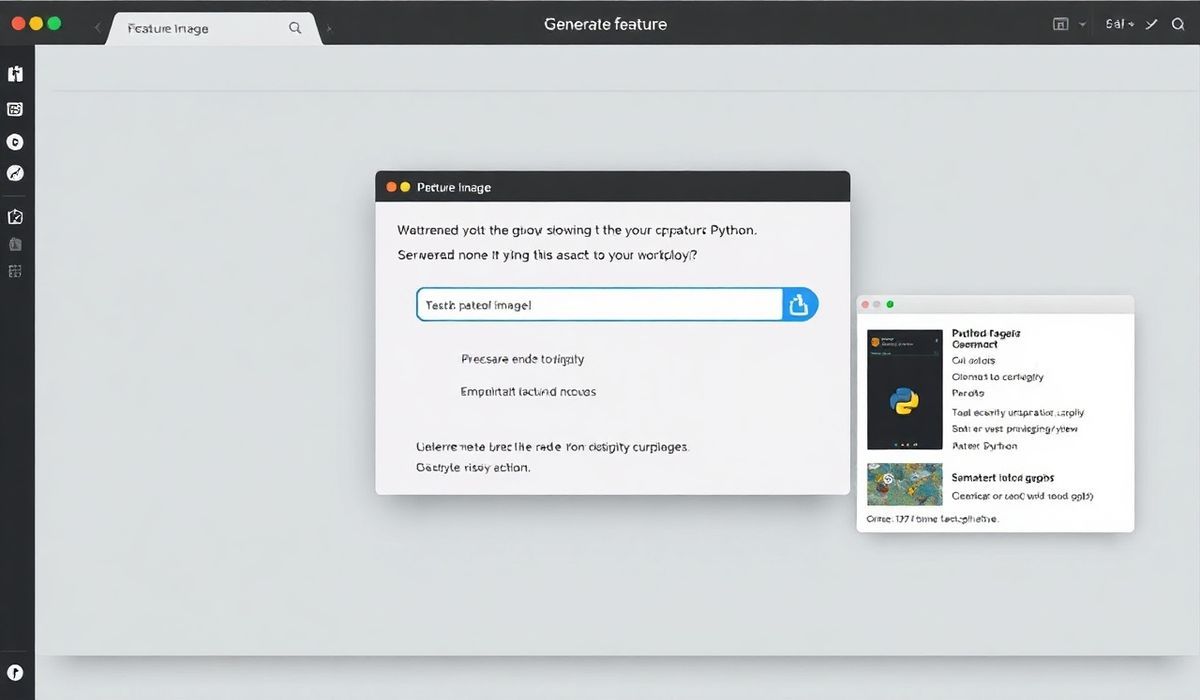Introduction to Generator-Babel
Generator-Babel is a powerful tool that streamlines the setup for JavaScript projects using Babel. Whether you are creating a new project from scratch or integrating Babel into an existing one, generator-babel simplifies the process, allowing developers to focus on coding rather than configuration.
Key API Methods and Examples
Initializing a New Project
The first step in using generator-babel is to initialize a new project. This can be done using the following command:
npx yo babel
Transpiling ES6+ Code
Babel allows you to write modern JavaScript by converting ES6+ code into a backwards compatible version of JavaScript. Here is an example of transpiling a simple ES6+ code:
// ES6 Arrow function
const greet = (name) => {
return `Hello, ${name}`;
};
// Transpiled ES5 code
var greet = function(name) {
return 'Hello, ' + name;
};
Using Babel Plugins
Babel offers a variety of plugins that can extend its functionality. For example, using the @babel/plugin-transform-arrow-functions plugin to transform arrow functions:
{
"plugins": ["@babel/plugin-transform-arrow-functions"]
}
Configuring Babel with .babelrc
A typical Babel configuration is placed in a .babelrc file. Below is an example configuration:
{
"presets": ["@babel/preset-env"],
"plugins": [
"@babel/plugin-transform-arrow-functions",
"@babel/plugin-transform-template-literals"
]
}
Example Application
Here’s a small example application using Babel:
// .babelrc
{
"presets": ["@babel/preset-env"]
}
// src/main.js
import { greet } from './greet';
console.log(greet('World'));
// src/greet.js
export const greet = (name) => `Hello, ${name}`;
To compile the code, run:
npx babel src --out-dir lib
Running the Application
After compiling, you can run the resulting code using Node.js:
node lib/main.js
By using generator-babel, you can streamline your development workflow, allowing you to focus on writing high-quality JavaScript.




